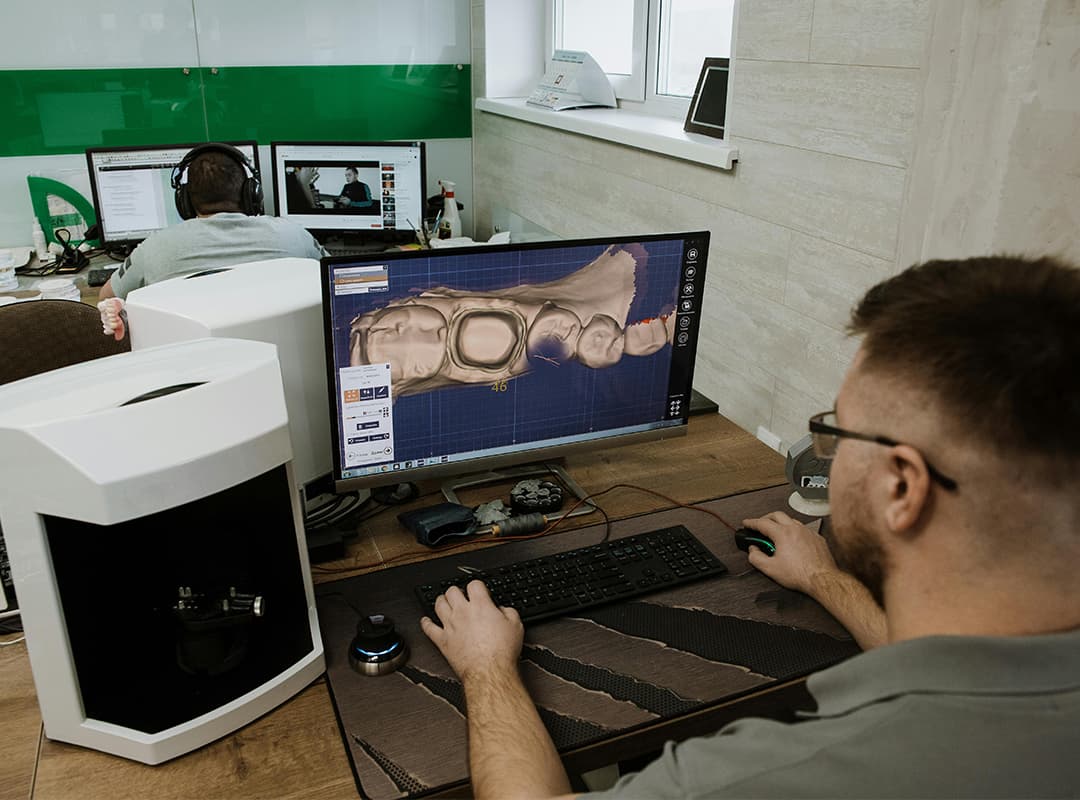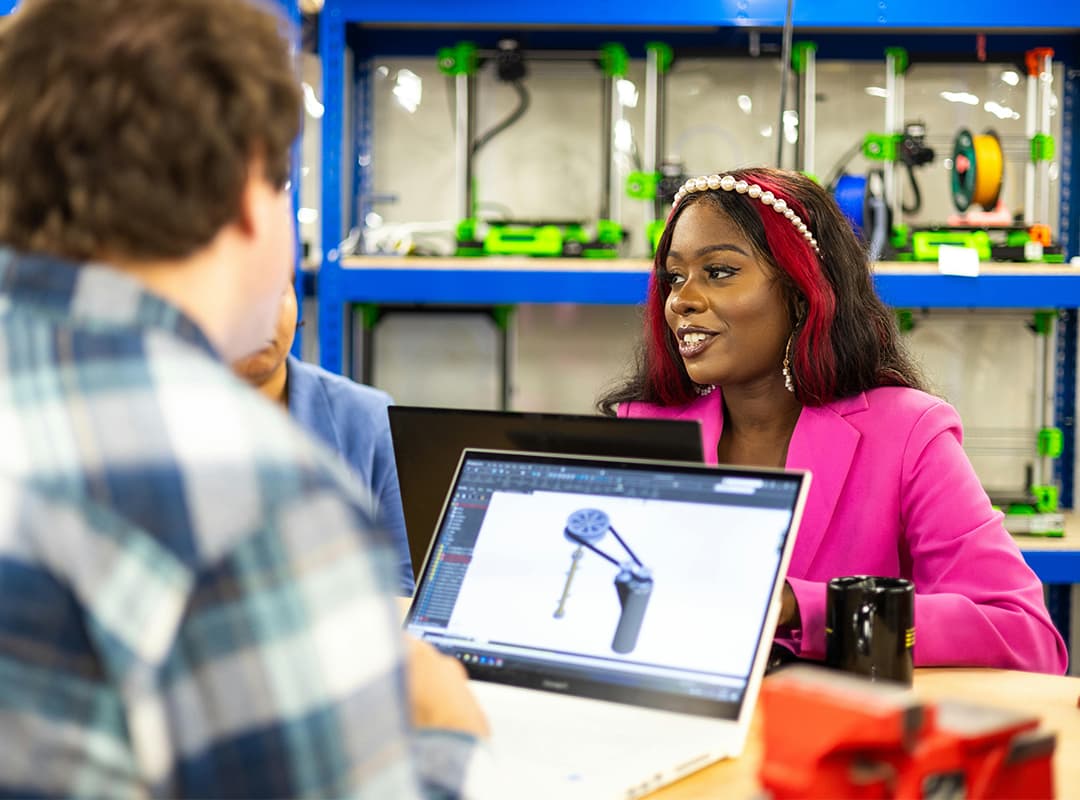In the world of simulation and modeling, encountering errors is almost inevitable. Whether you’re working on a complex system model, a business process, or a scientific experiment, even the most carefully constructed models can sometimes fail to produce the desired results. When a model doesn’t work, it can be frustrating and time-consuming, but these failures also present valuable learning opportunities. The key to overcoming these challenges lies in understanding the root causes of the errors and applying systematic approaches to troubleshoot and refine the model.
Common Causes of Model Failures
Before diving into solutions, it’s essential to identify some of the most common reasons why models fail:
- Incorrect Assumptions: Every model is built on a set of assumptions. If these assumptions do not accurately reflect the real-world system being modeled, the results can be misleading or entirely wrong. For example, oversimplifying a complex system or ignoring key variables can result in a model that does not perform as expected.
- Data Quality Issues: Poor or insufficient data can significantly impact the accuracy of a model. Whether it’s outdated, incomplete, or noisy data, the quality of the inputs will determine the quality of the outputs. A model is only as good as the data that feeds it.
- Overfitting or Underfitting: Overfitting occurs when a model is too closely tailored to the training data, capturing noise rather than the underlying pattern. This often leads to poor performance when applied to new data. On the other hand, underfitting happens when the model is too simple and fails to capture the complexities of the system.
- Inadequate Testing: Failing to thoroughly test a model under different scenarios and conditions can lead to unexpected results during real-world application. Without comprehensive validation and testing, the model might work well in certain situations but fail in others.
- Algorithm Misapplication: Choosing the wrong algorithm or technique for the specific problem can lead to model failure. For example, using a linear model for a non-linear system or vice versa can produce inaccurate results.
What to Do When Your Model Fails
When a model doesn’t work as expected, it’s important to take a structured approach to identify and resolve the issue. Here are some steps you can take to troubleshoot and improve your model:
1. Review Your Assumptions
Start by revisiting the assumptions on which your model is built. Ask yourself whether these assumptions accurately represent the system or problem you are modeling. Are there any factors that were oversimplified or ignored? Adjusting your assumptions to better reflect reality can often resolve many modeling errors.
2. Check the Data
Examine the quality of the data you’re using. Look for gaps, inconsistencies, or outliers that might be skewing the results. If necessary, clean the data or seek out higher-quality data sources. Additionally, ensure that your data is relevant to the problem you’re trying to solve—outdated or irrelevant data can cause the model to fail.
3. Test and Validate
Run your model through a variety of tests and validation checks. Start with small, simple test cases that you can manually verify to ensure that the model is producing the expected results. Gradually increase the complexity of the tests to include edge cases and real-world scenarios. By validating the model under different conditions, you can identify where it is failing and why.
4. Simplify the Model
If you’re dealing with a complex system, it might help to simplify the model. Break it down into smaller components and test each part individually. This allows you to isolate the problematic area and focus on fixing it without being overwhelmed by the overall complexity.
5. Consider the Algorithm
If the model is still not working as expected, take a closer look at the algorithm you’re using. Is it the right choice for the type of problem you’re addressing? For example, if you’re working on a non-linear problem but using a linear model, the mismatch might be causing the failure. Research alternative algorithms or techniques that might be better suited to your specific needs.
6. Consult with Experts
Sometimes, it’s helpful to get a fresh perspective on your model. Consulting with colleagues or industry experts—such as a simulation chair at a conference or workshop—can provide new insights and help you spot issues you may have overlooked. Engaging with the simulation community can also lead to discovering best practices or new methods that can improve your model’s performance.
7. Iterate and Refine
Modeling is often an iterative process. Don’t expect your model to work perfectly on the first try. Instead, treat each failure as an opportunity to refine and improve the model. By systematically adjusting assumptions, refining data, and testing new algorithms, you’ll gradually develop a more accurate and reliable model.
Learning from Failures
Failures in modeling should not be seen as setbacks but as critical learning experiences. Each failure teaches you more about the system you’re modeling and helps improve your approach. Some of the world’s most successful simulations have gone through multiple rounds of failure and refinement before achieving their final form. The key is persistence and a willingness to continuously adapt and improve.
When your model doesn’t work, the first reaction might be frustration, but with the right approach, these failures can become opportunities for growth and learning. By carefully reviewing assumptions, checking data quality, testing rigorously, and consulting with experts, you can overcome the most common causes of model failure. Additionally, keep in mind that modeling is an iterative process, requiring patience and constant refinement to achieve the desired results. Simulation tools and methods continue to evolve, and as we learn from each failure, we make strides toward creating more accurate and reliable models for the future.



